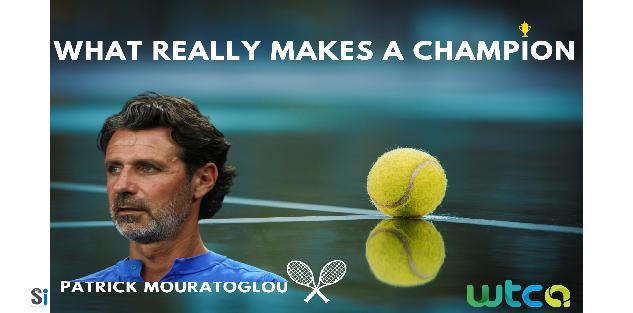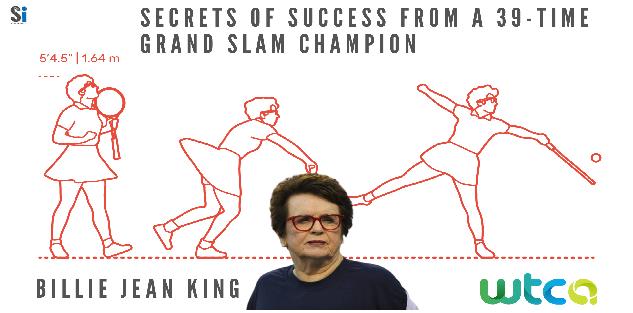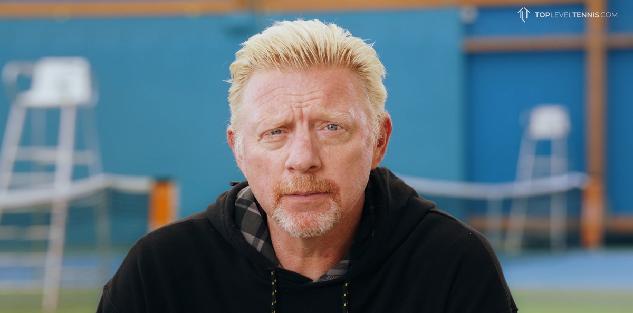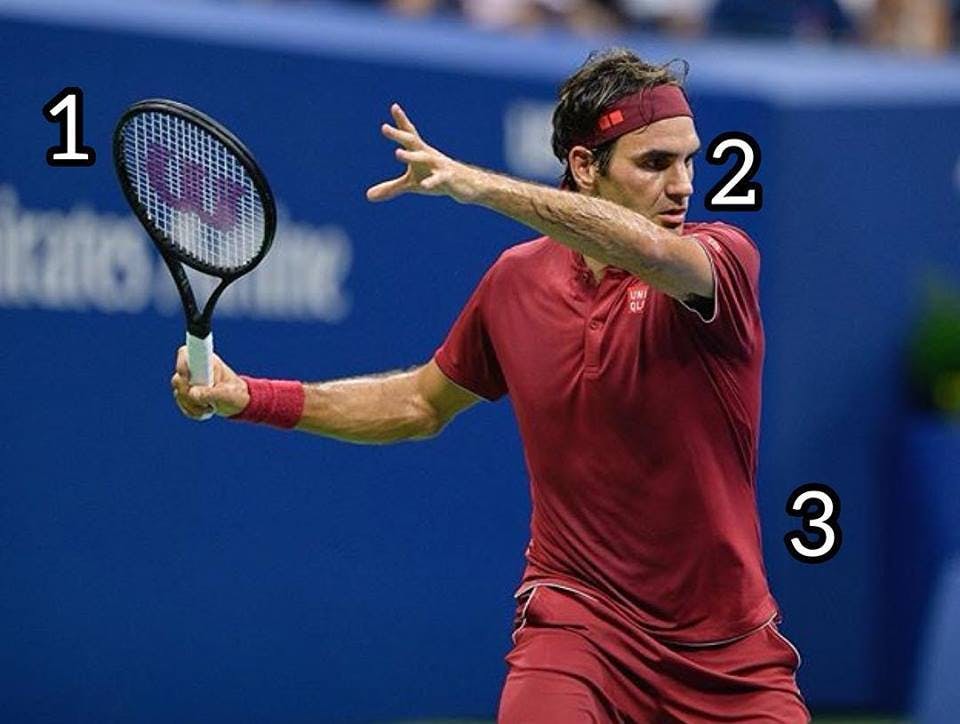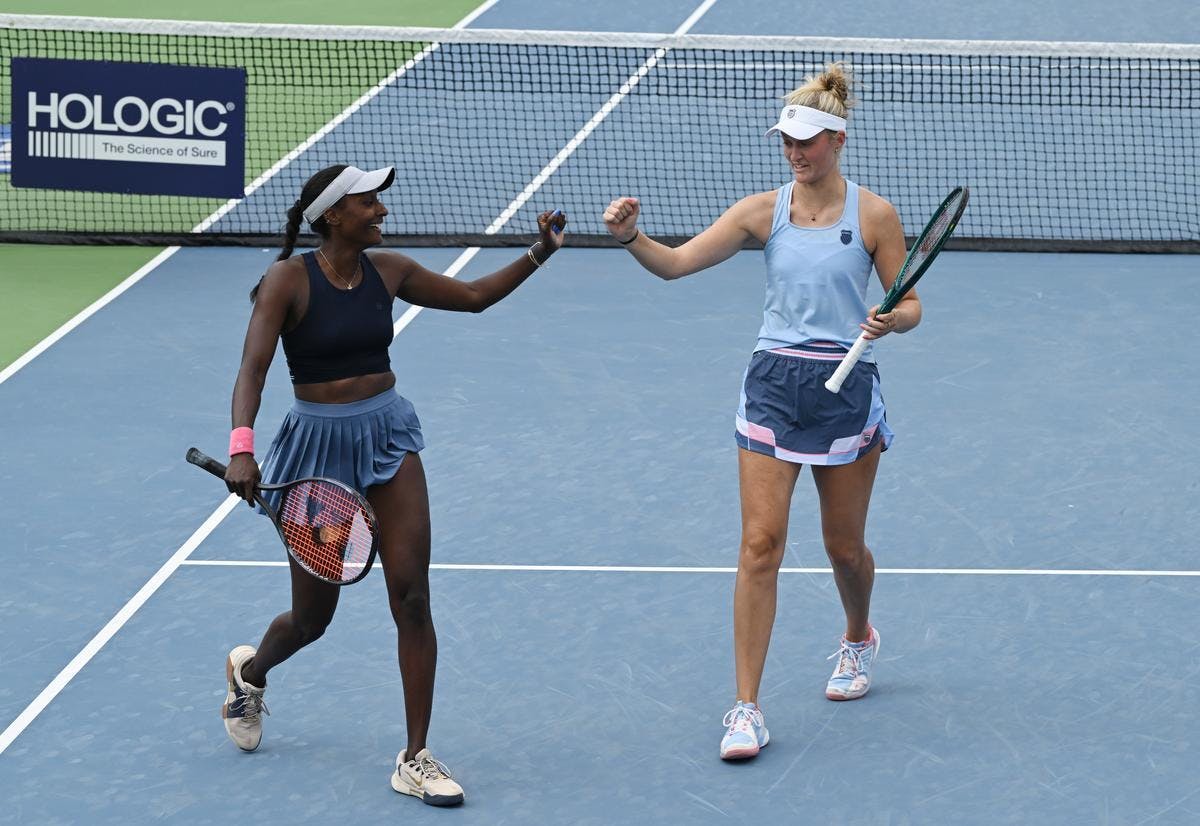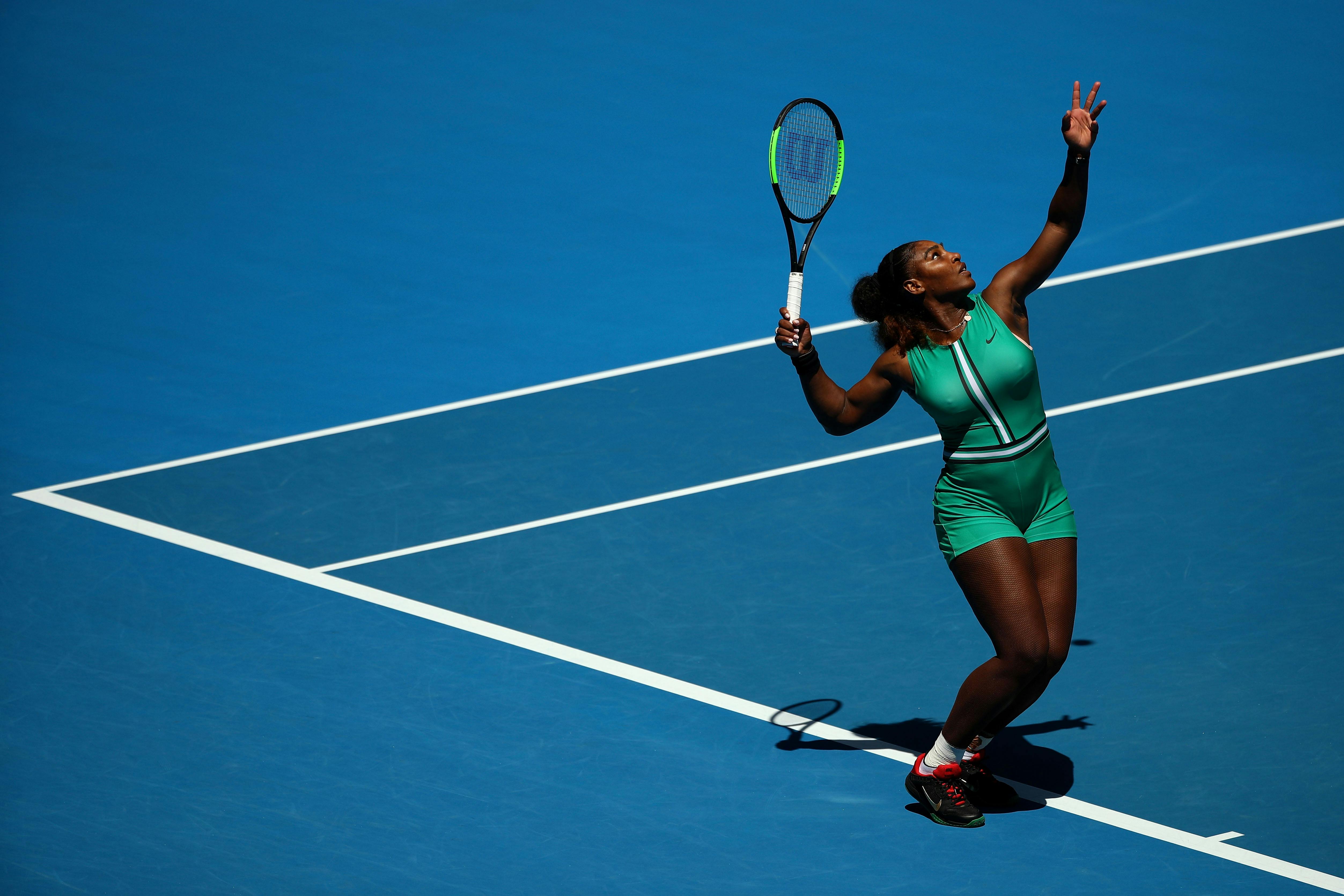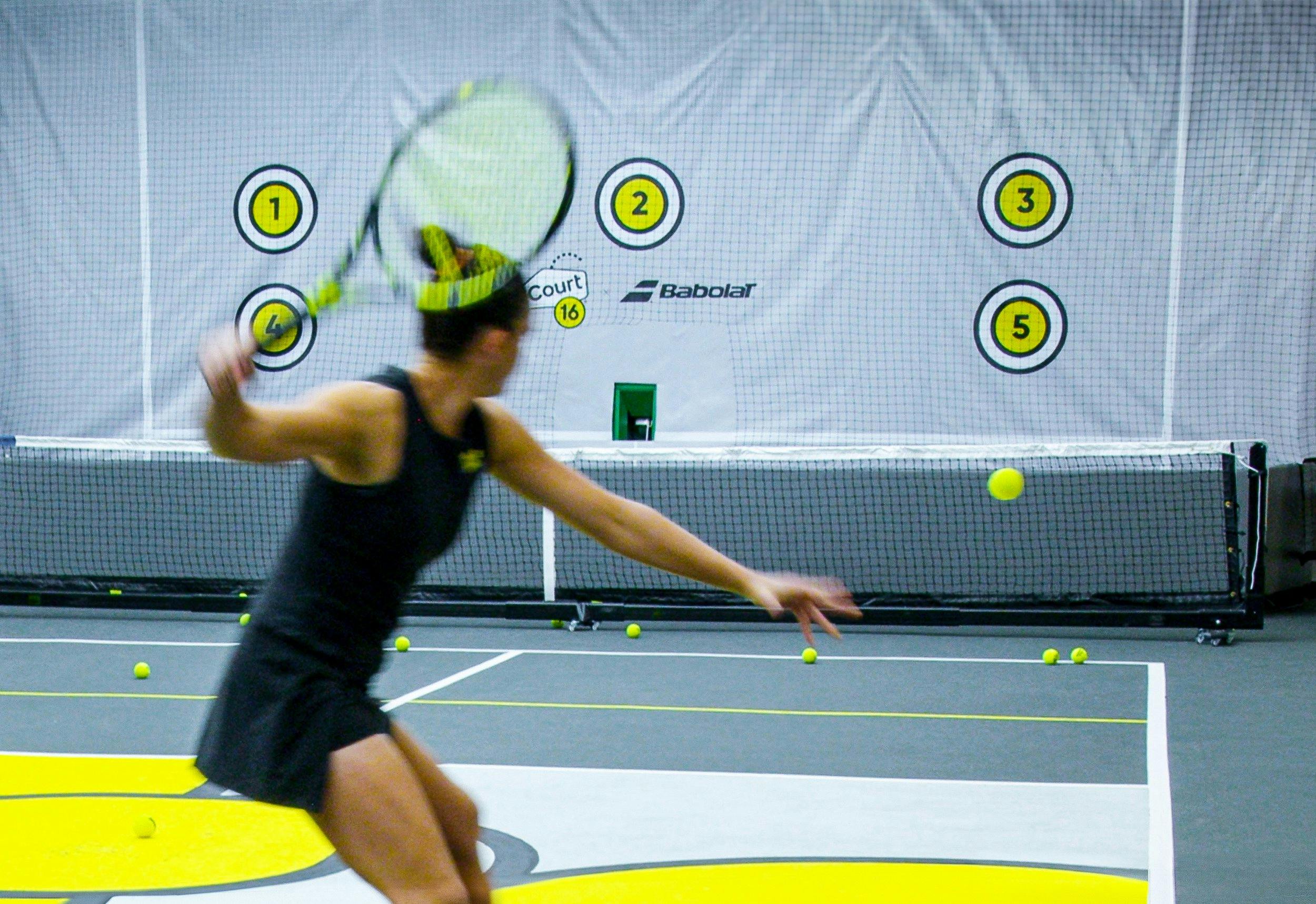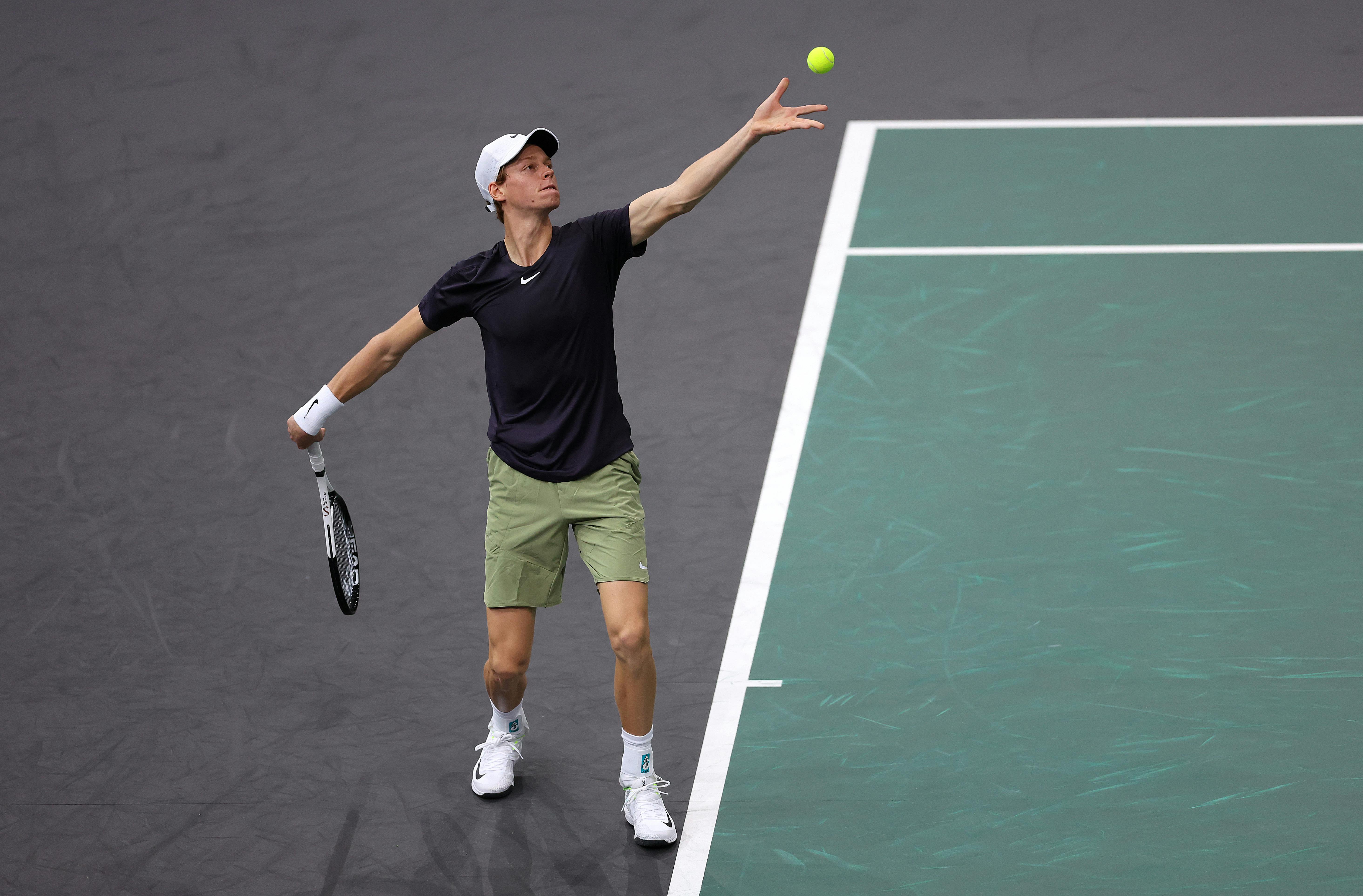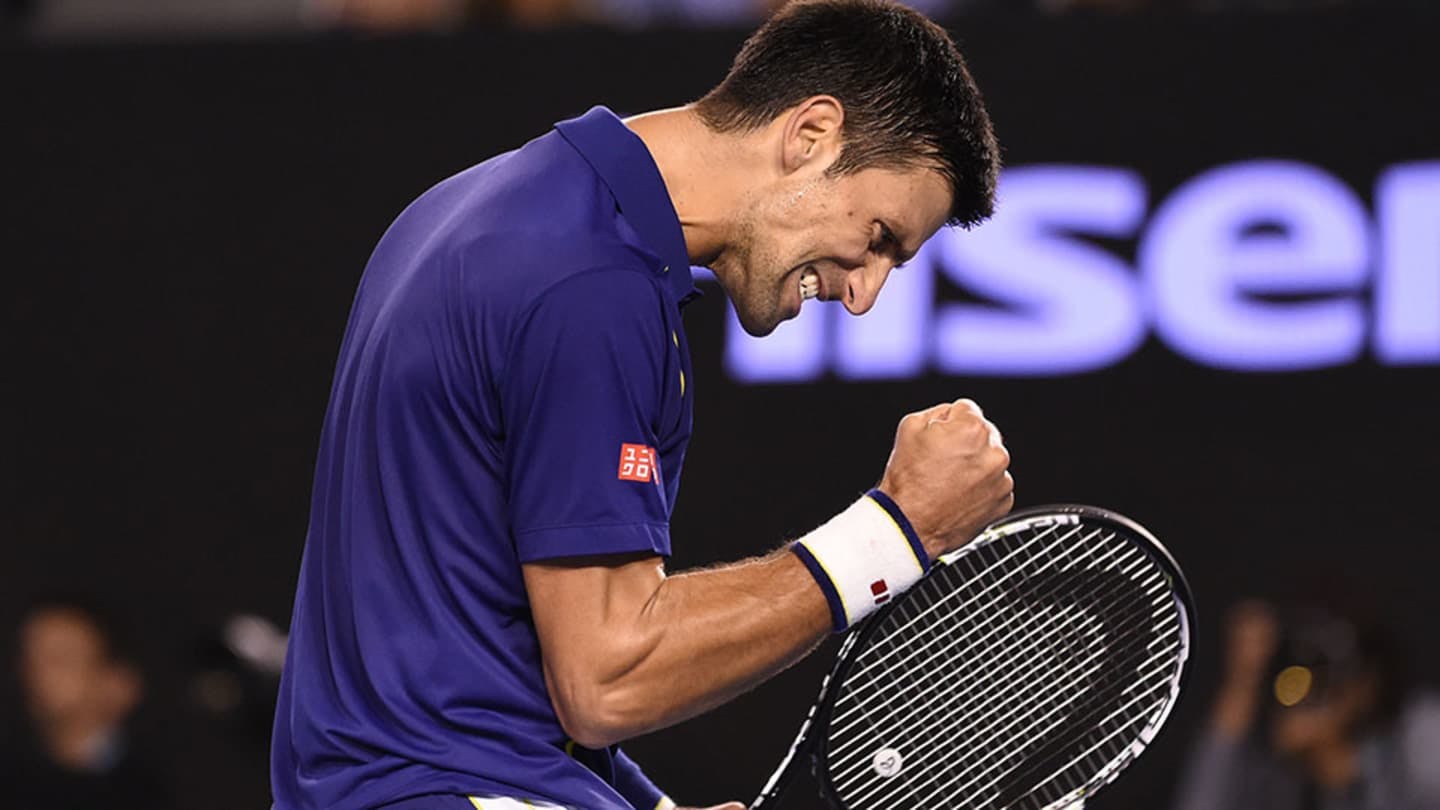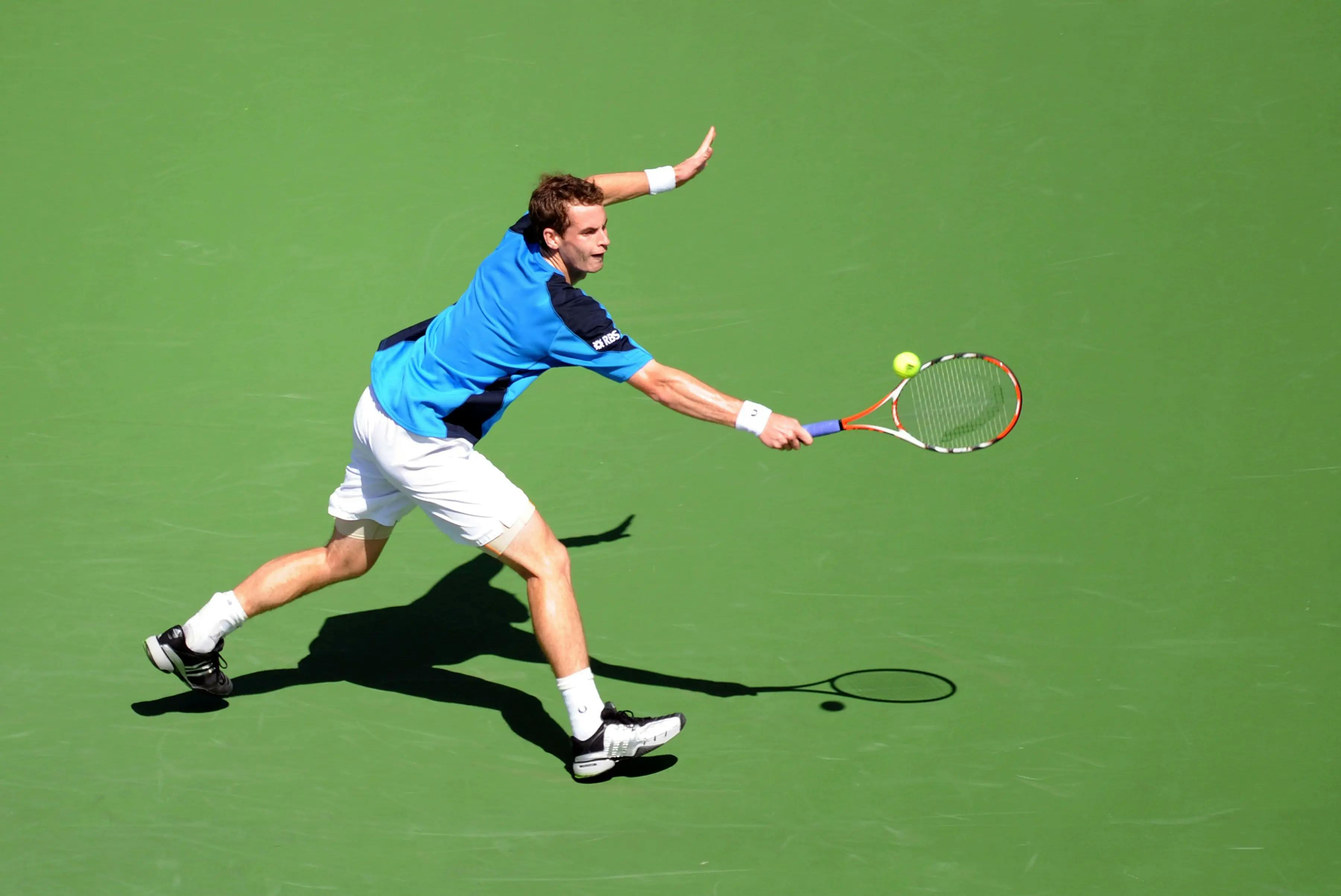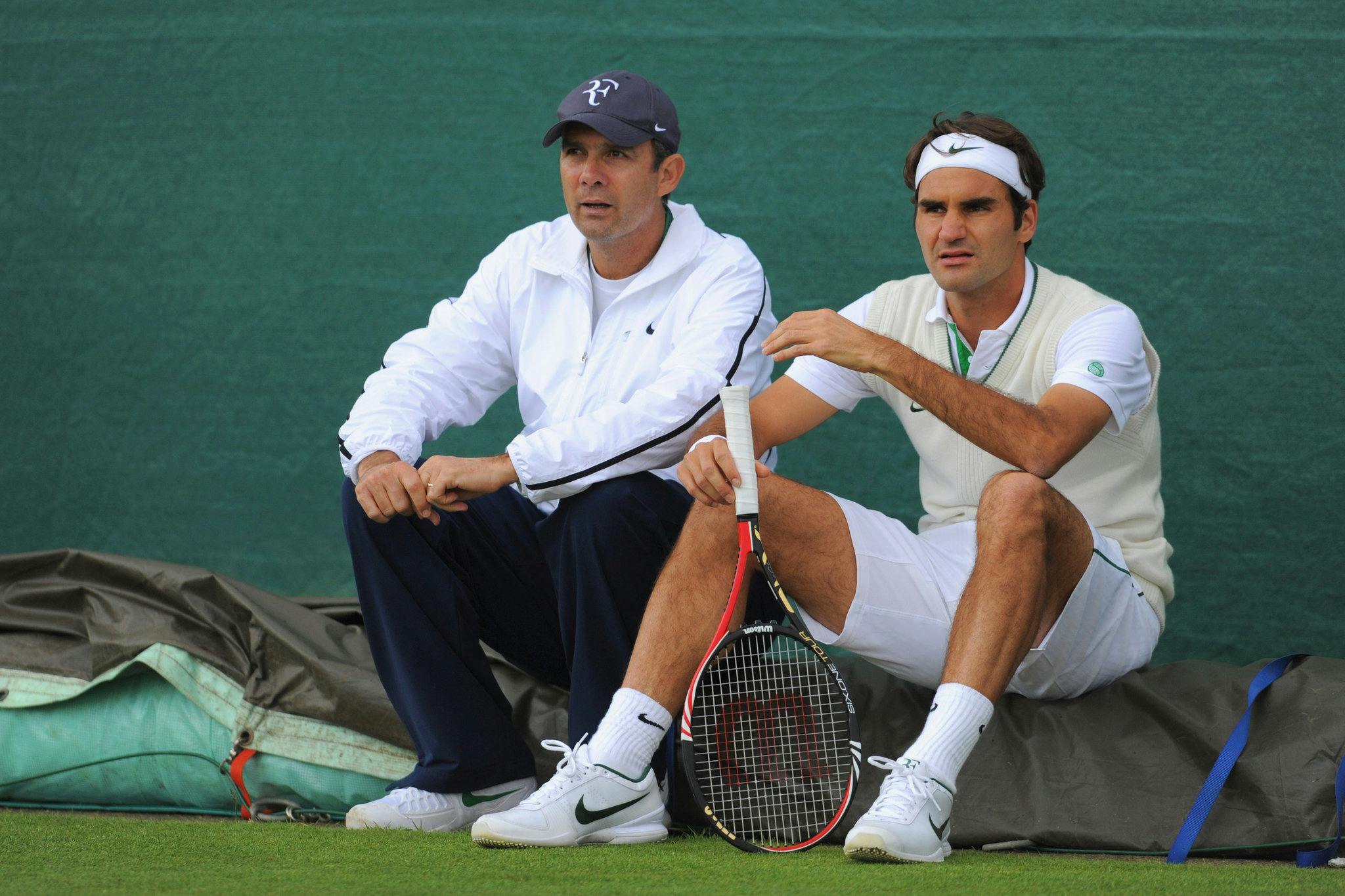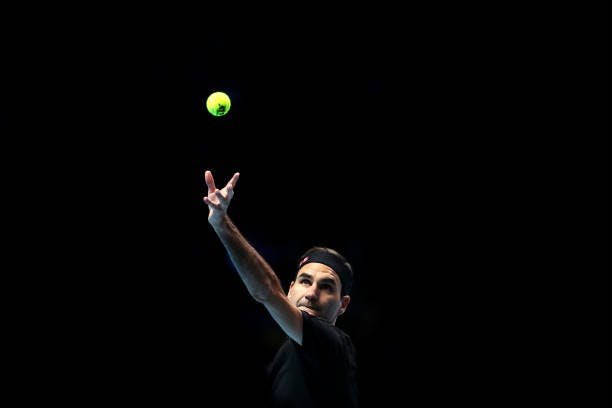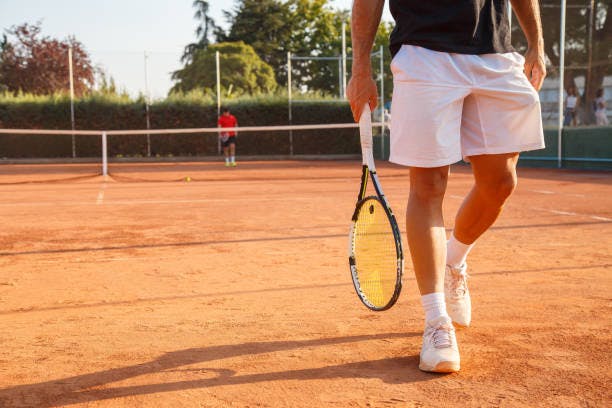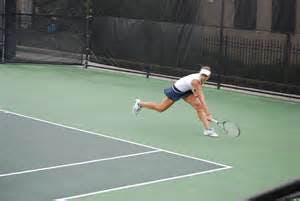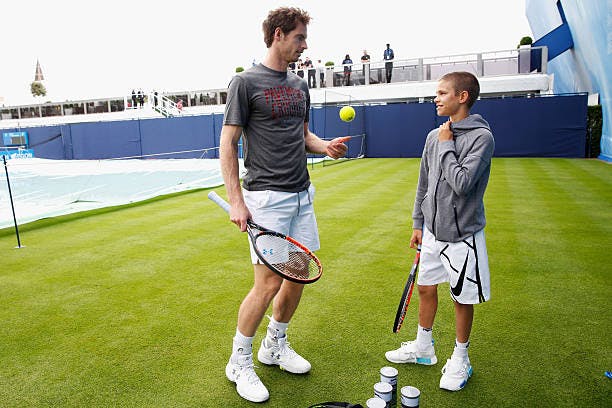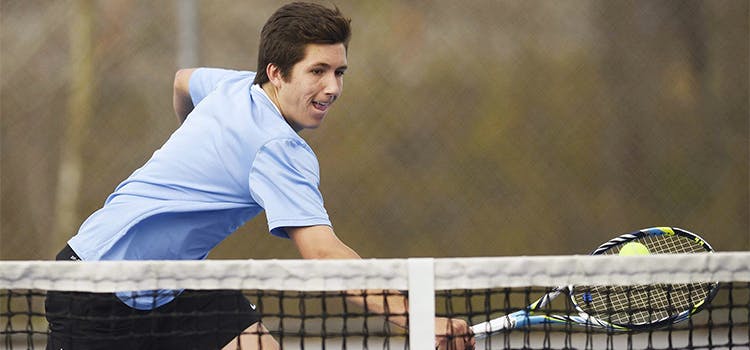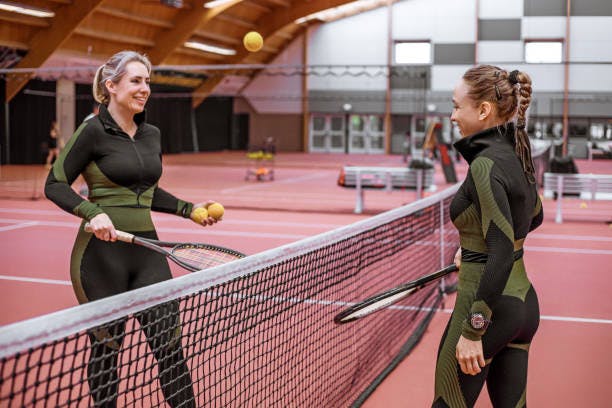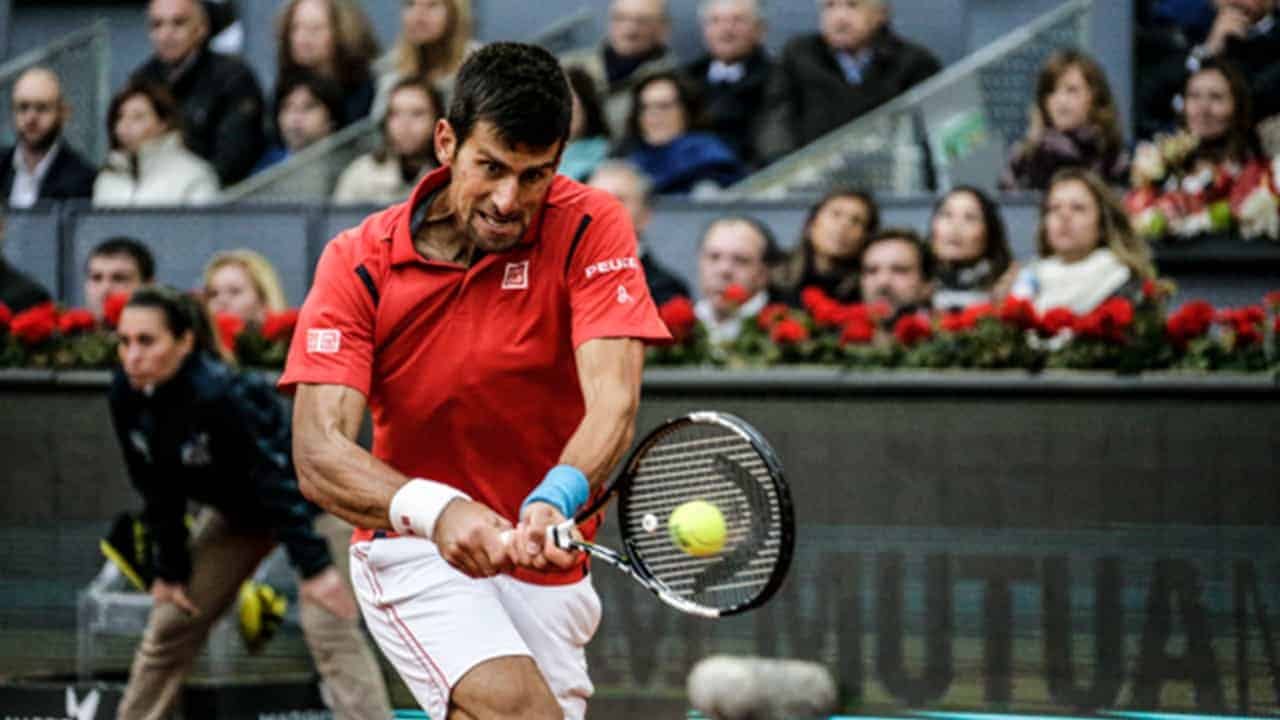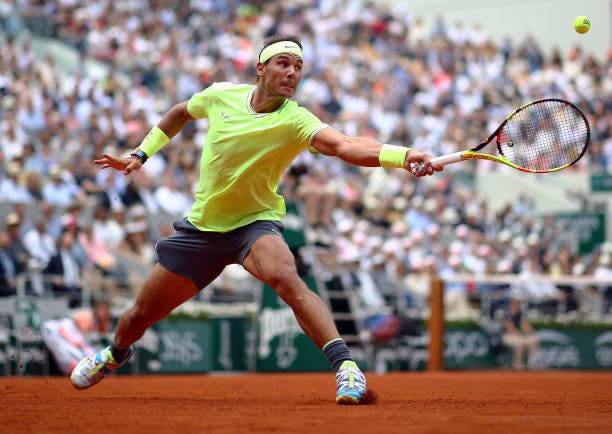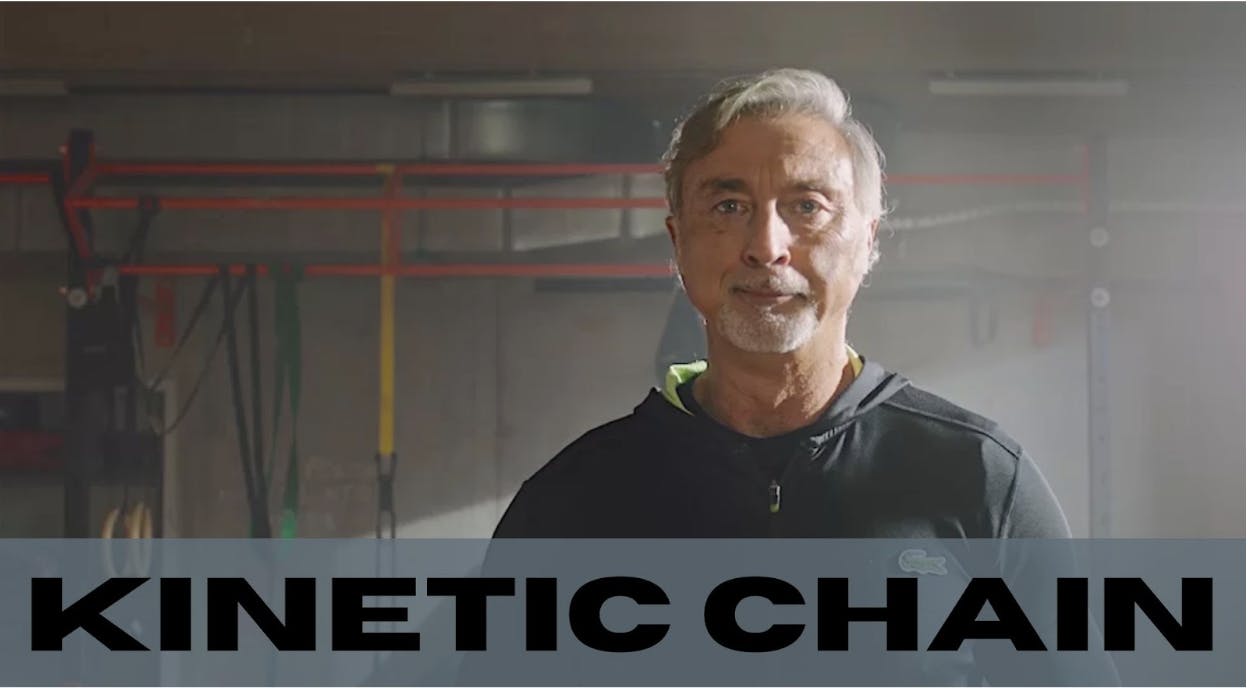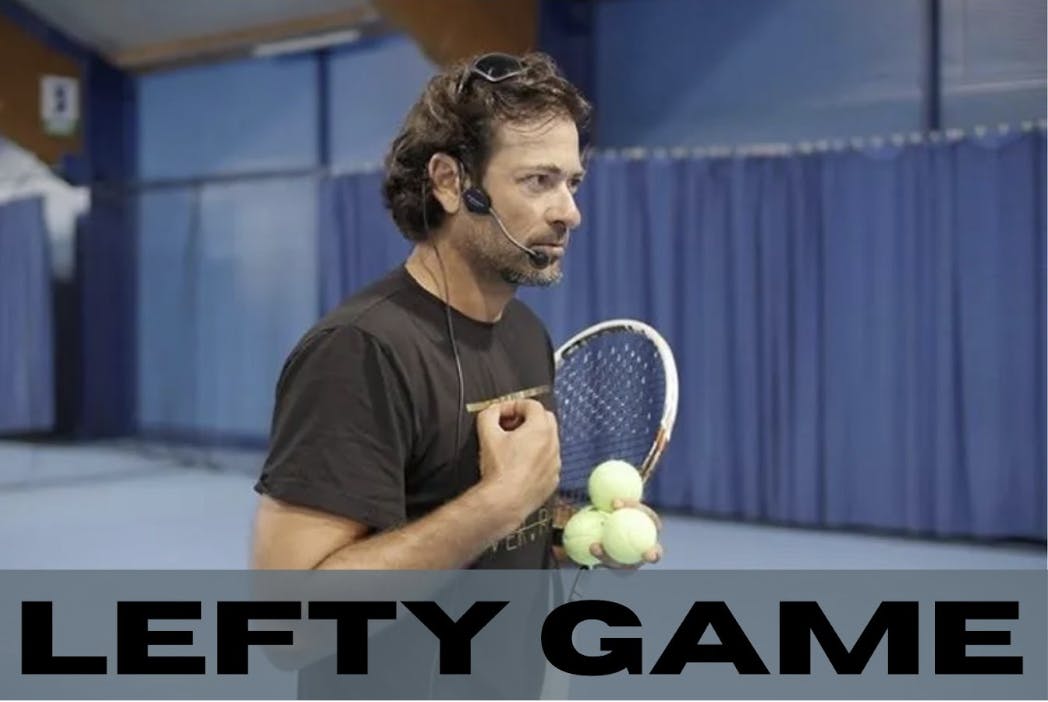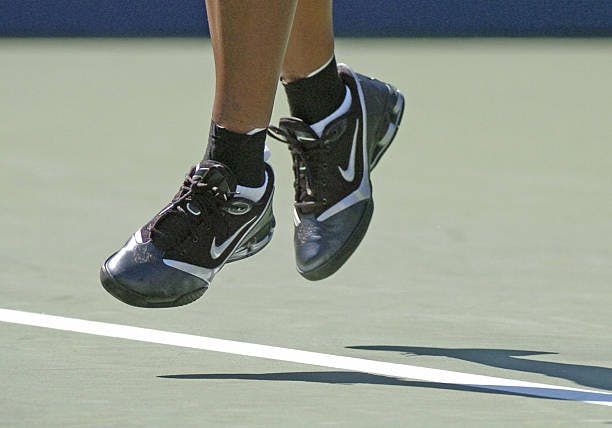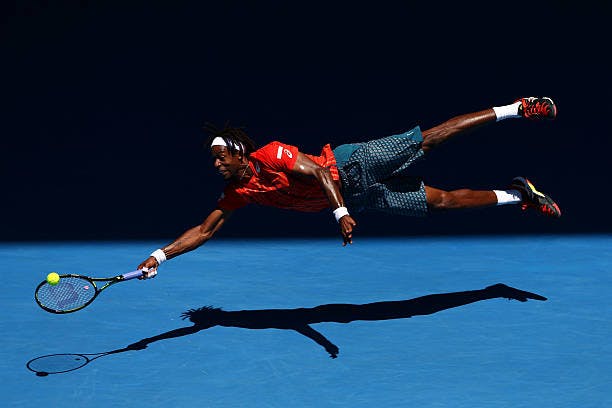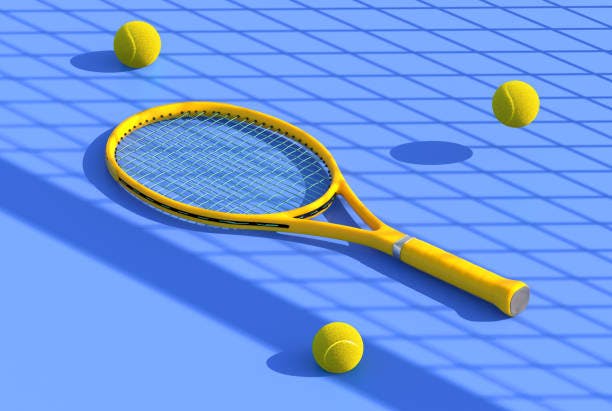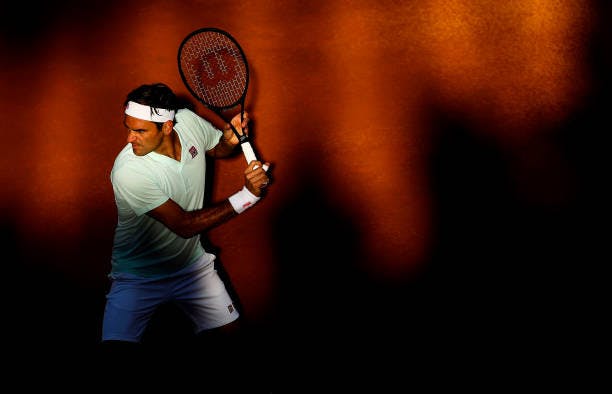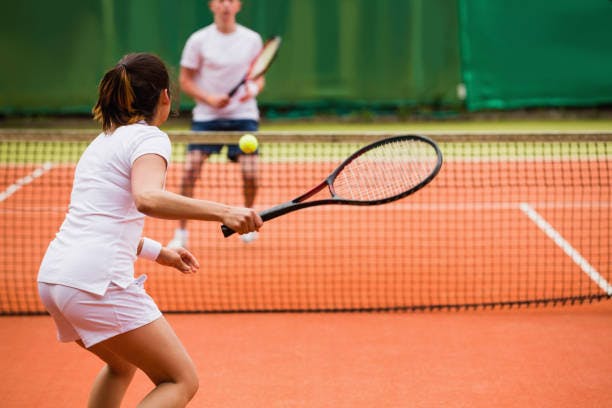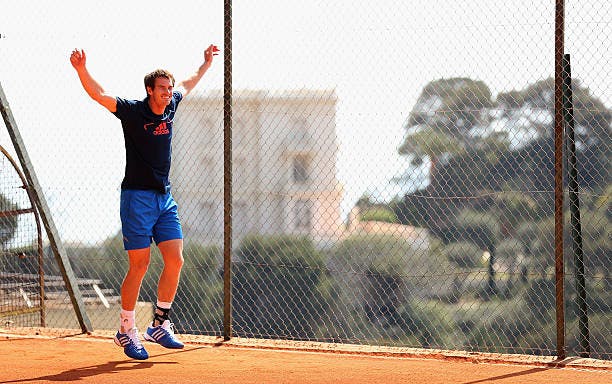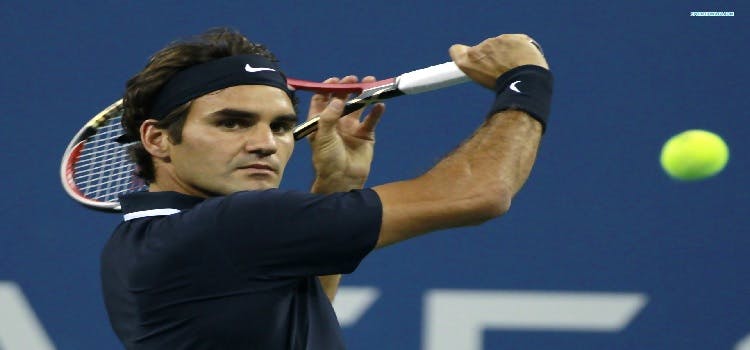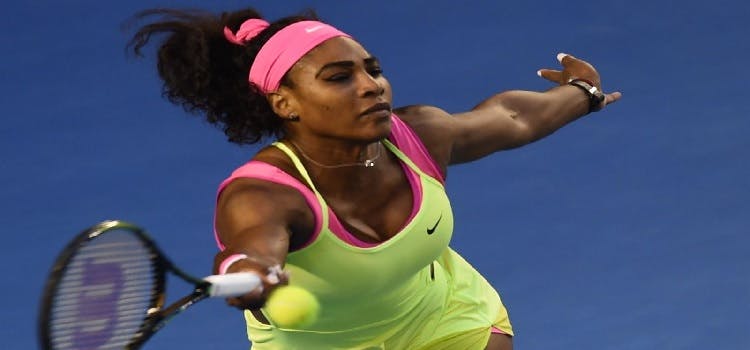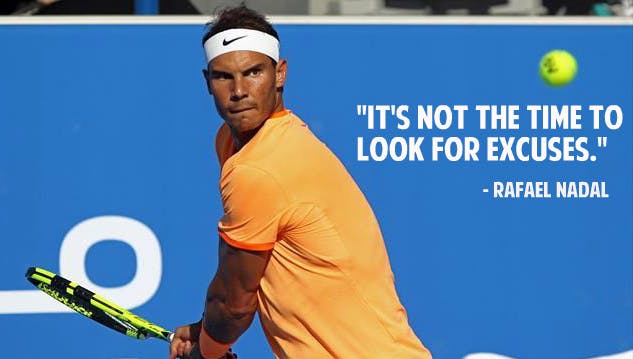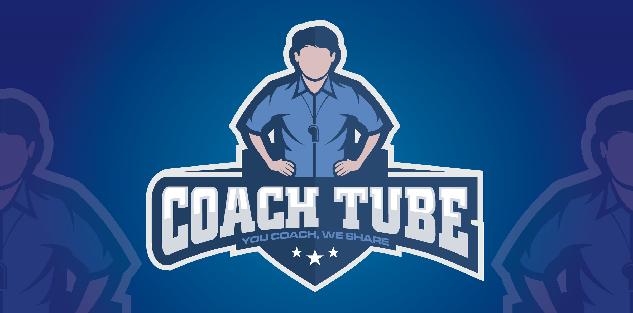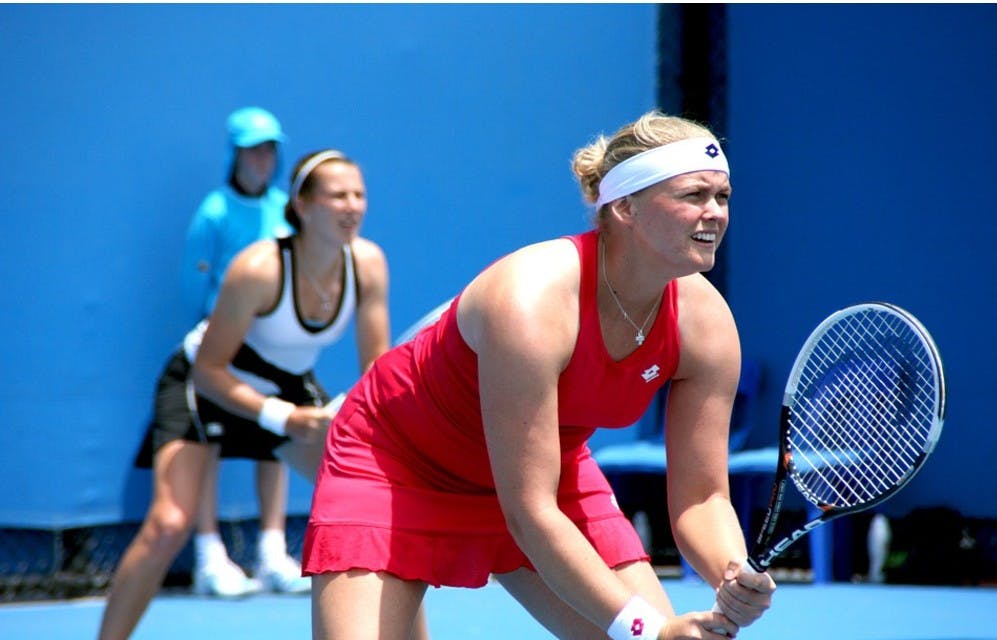Tennis great Billie Jean King once said, “Tennis is a perfect combination of violent action taking place in an atmosphere of total tranquility.” Despite the game’s evolution, this quote from King is still valid. Tennis is an ever-changing contest with consistent principles. In recent years, the game of tennis has not only changed in terms of style of play, but the complete globalization of the sport. Increasingly, players are popping up from all around the world looking to prove they’re an elite player.
Student of the Game
Learning from the BestBest: One of the concepts that stuck out to me during the interview with Bruce was his time training under Harry Hopman. While not every young player can receive the guidance of an individual like Mr. Hopman, it is important to have a knowledgeable coach. Hopman would go on to coach many other tennis greats, including John McEnroe. Even the greatest players in the game are humble enough to employ former greats as their personal coaches, as evidenced by Novak Djokovic hiring Boris Becker.
Paying It Forwardward: Many of the attributes Bruce learned from Hopman have been passed on to Bruce’s students. As the Director of Tennis at Westward Look, Bruce is looking to make both young and older players aware of the trends in the game. Even though you can learn a lot about tennis from game-practice, being around other players and hearing tips from veterans can go a long way towards developing one’s game. Mr. Connors’ actions have effectively passed on the legacy of Harry Hopman.
Cardio Tennis
Another area that Bruce is extremely passionate about is cardio tennis. Described as “a high energy fitness activity that combines the best features of the sport of tennis with cardiovascular exercise, delivering the ultimate, full body, calorie burning aerobic workout,” cardio tennis is one of the focal points of Mr. Connors’ new position at Westward Look. The importance of endurance in tennis can’t be understated. If a player isn’t able to keep their energy up for an entire match, chances are they’ll start to struggle after the first set. The unique thing about cardio tennis is it can be utilized for anyone looking to improve their overall fitness and fine-tune the technical aspects of tennis.
The Interview
I recently caught up with Bruce Connors to break down some of these trends.
Brandon Ogle: First off, would you mind telling us a little about your new position as Director of Tennis at Westward Look?
Bruce Connors: I am privileged to be working in such beautiful surroundings at Tucson’s first resort. My goal is to improve on programming and to promote all that Westward Look has to offer as a resort and members’ club.
BO: Could you briefly discuss the cardio tennis trend and the benefits it could provide to young tennis players? Who would you recommend to take on cardio tennis?
BC: Cardio tennis describes a type of clinic in which the participants achieve an aerobic workout as well as a focus on the fundamentals of tennis. Every instructor has his or her unique style and lesson plan; therefore, each class has its own distinctive feel. The key to a successful class is when the participants feel as though they have had a physical workout while they worked on the basics of their game. Cardio tennis is beneficial to all players – both young and old. It helps young players increase their endurance.
BO: Would you say cardio tennis should be used in addition to playing regular tennis or do you see cardio tennis becoming much more popular than playing standard singles/doubles matches for practice?
BC: Cardio tennis is to tennis as, for example, spinning is to cycling – it’s a workout as well as a way to improve one’s game. It does not replace match play. Competing in matches verses training in a clinic is very different. Simply put, a player tends to be more relaxed in a drill situation when the results are not as big of a factor.
BO: After watching some of the majors in recent years, do you notice any trends in styles of play that juniors should take note of?
BC: The physicality of the game has escalated along with the racquet and string technology, thus making tennis more powerful than ever. Perhaps the reintroduction of the serve and volley should be a trend to which juniors should take note.
BO: As of this current moment, American tennis is struggling on a national level, particularly on the men’s side. What do you think needs to be done to help even out this separation? Is it just a result of not enough Americans being interested in tennis in their youth or something else?
BC: Unfortunately American tennis has lost some ground as far as the world ranks are concerned. The European countries have invested a lot in their tennis development programming, geared toward aspiring young talent. On the other hand, American youth have so many other sports and recreation choices, not to mention non-athletic entertainment options, leading to a lack of drive for tennis in some circumstances.
BO: Since grass and clay courts aren’t as common in the United States, how would you recommend players prepare themselves for these surfaces in case they do get placed in a tournament on clay or grass?
BC: In order to prepare for softer playing surfaces when those surfaces are not readily available in practice situations, the shots that are utilized more effectively on those surfaces can be modified for the hard court. Putting spins on the ball, thereby mixing up play, would be an example of a technique that is useful on clay and grass, but that can also be incorporated into hard court play.
BO: What was your favorite surface to play on and why did it intrigue you?
BC: The answer to that question depends on the match and on the opponent. I enjoy clay surface due to the variety of shot-making options. Angles, drop shots, and lobs make use of more on the clay court. On the other hand, hard surfaces tend to be more linear, complimenting more aggressive serve and volley play.
BO: While other sports like basketball have programs such as AAU to showcase talents, what is there available for young tennis players to do the same and gain attention of college recruiters?
BC: The junior ranking system still gives college coaches a good amount of information on players and tournament results, giving insight to recognize rising talent.
BO: Having played collegiately at the University of Arizona in the 1980s, do you think the collegiate tennis world has changed much since then?
BC: I would say, as the game itself has evolved, inevitably so has collegiate tennis. A college match has always consisted of six singles and three doubles matches. In order to quicken play and make matches more spectator-friendly, the playing of let serves and the eight-game pro-set for doubles were introduced in the mid-90s.
BO: From watching younger players compete, I’ve noticed one thing they often have difficulty with is mastering the serve. Do you have a few pieces of advice to simplify the process of learning to serve?
BC: The serve hasn’t changed much in form. Keeping the motions smooth and tossing to the swing are key, as well as working on timing and racquet speed. The classic figure of eight motion will help any player understand fluidity of motion. A consistent toss is a must.
(For some additional information on learning how to serve, CoachTube offers some terrific courses for serving tips. One great resource is Serve in 30! 30! by Lisa Dodson.)
BO: In today’s game, it seems like there is a dying breed of pure serve and volley players. Why do you think this trend has occurred; and, as an instructor, would you still encourage players to add this approach to their arsenal?
BC: Every player’s goal should be to have a well-rounded game. Serve and volley is one aspect of this; and, it can be very useful to change the pace in a match. One reason it may not be used as often now is there is so much power in the game that it is harder to approach the net.
BO: Have you ever dealt with an injury or seen a teammate rehab from a major injury? How would you describe the overall process and the struggle to get back on the court?
BC: I have been fortunate to not have had any serious injuries. Prevention of injury by proper strength training and stretching routines is beneficial. Knee problems are a common issue among club players. Rehabbing can take time and requires dedication, so primary prevention is paramount. Getting back on the court after an injury can be as much of a mental struggle as it is physical.
BO: Having trained with the great Harry Hopman as a junior, could you briefly discuss the importance that a quality coach brings to a player’s development? What would you say to parents who are looking for coaches available for their son or daughter?
BC: The method that Mr. Hopman utilized emphasized fitness over stroke production. What works for one player may not work for another player. I do remember one piece of advice he routinely gave in training drills. He would say, “If you can get to the ball that is out, you should be able to get to the one that is in.” We all have different personalities, so finding the right coach who knows how to motivate the inner drive of a player is the goal.
BO: As a player who has gone through the ranks of the tennis world, what would you say is the most difficult thing you’ve had to deal with as a tennis player?
BC: To be completely honest, the thought of not having reached my potential as a player due to circumstances in my life beyond my control at certain times still tortures me.
BO: Lastly, do you think we’re witnessing the greatest male (Roger Federer) and female (Serena Williams) players of all time?
BC: My opinion is that Roger Federer exemplifies the model to which a tennis player should strive – as a player and as a person. Serena Williams has developed such an outstanding persona both on and off the court. Surely they both merit a place in history as players at the top of their sport.
Thank you to Mr. Connors for participating in this interview and feel free to check out Westward Look for more information on the resort.

